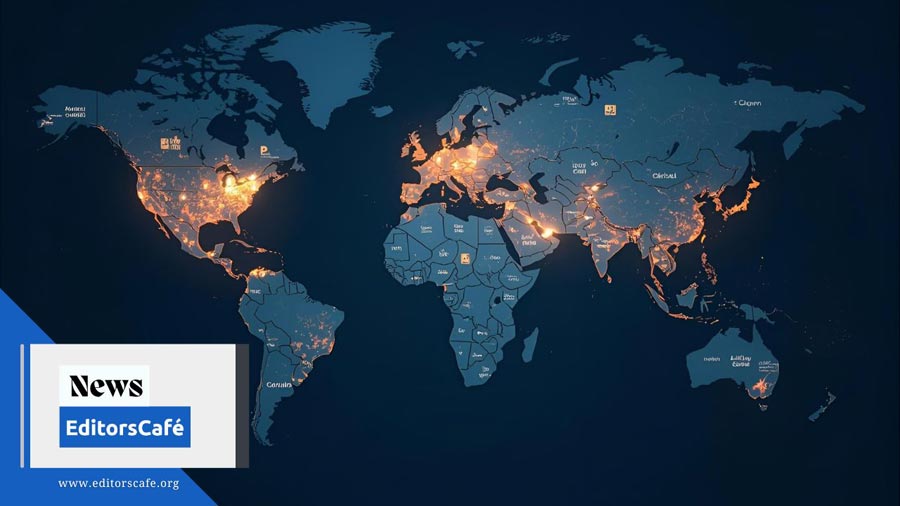The Future of Editorial Tech: Can Automation and Human Judgment Coexist?

The landscape of scholarly publishing is evolving at an unprecedented pace, driven by technological innovation and the relentless push toward efficiency. Automation is no longer a futuristic concept; it is already reshaping the editorial process, from plagiarism detection to AI-assisted manuscript triage and automated formatting. While these tools promise speed and consistency, they also raise critical questions: Can technology enhance editorial work without undermining the human judgment essential to scholarly publishing? And how can editors strike the right balance?
The Rise of Automation in Publishing
Over the past decade, publishing has embraced a suite of automated tools designed to streamline editorial workflows. Plagiarism checkers such as iThenticate and Turnitin are now staples in many journals, flagging potential overlaps in seconds. Similarly, AI-powered triage systems can assess the suitability of manuscripts based on scope, novelty, and relevance, reducing the burden on human editors and expediting initial decisions. Even routine tasks like formatting references, generating metadata, and copyediting are increasingly automated, allowing editorial teams to focus on higher-value work.
The benefits are clear. Automation reduces human error, accelerates processing times, and can improve consistency across large volumes of submissions. Journals with high submission rates, such as those in the biomedical and multidisciplinary sciences, particularly benefit from these efficiencies. Moreover, AI analytics provide insights into trends, reviewer performance, and potential ethical issues, equipping editors with data-driven decision-making tools.
Risks and Limitations
Despite these advantages, over-reliance on technology poses real risks. AI tools, while powerful, are not infallible. Plagiarism detectors may flag false positives or miss nuanced cases of duplication, and automated triage may inadvertently bias decisions if algorithms are trained on limited or unrepresentative data. There is also the concern that editors might become overly dependent on these tools, potentially diminishing the nuanced judgment that human oversight provides.
Equally important is the ethical dimension. Automation can inadvertently encode biases, favoring certain topics, geographies, or writing styles, if underlying datasets are skewed. Without vigilant human monitoring, these biases can propagate, impacting fairness in peer review and editorial decisions. Furthermore, excessive automation risks eroding the relational aspects of publishing: mentoring early-career researchers, engaging reviewers thoughtfully, and maintaining the nuanced editorial voice that distinguishes high-quality journals.
Striking a Balance: Human + Machine
The future of editorial work is not a binary choice between humans and machines. Rather, it is a partnership where technology amplifies human expertise. Editors can leverage automation to handle repetitive, time-consuming tasks, freeing themselves to focus on qualitative aspects such as evaluating scientific rigor, contextual relevance, and ethical integrity. For example, AI might flag a manuscript with overlapping text or unusual citation patterns, but a human editor determines the severity and appropriate response. Similarly, automated formatting can ensure consistency, but editors maintain the creative and contextual decisions that make articles readable and impactful.
Best practices for integrating technology include:
- Transparent Algorithms: Understanding the decision-making criteria of AI tools helps editors interpret results accurately and mitigate unintended biases.
- Continuous Training: Editors should stay current with emerging tools and trends, ensuring they can critically assess automated outputs.
- Ethical Oversight: Automation must complement, not replace, human judgment, particularly in matters of plagiarism, misconduct, and ethical review.
- Iterative Feedback: Regular evaluation of automated processes against editorial outcomes ensures systems improve over time and adapt to journal-specific needs.
Balancing Technology and Judgment
Automation is transforming the editorial landscape, offering efficiency, speed, and data-driven insights. Yet, it cannot, and should not, replace human judgment. The most successful journals will be those that integrate technology thoughtfully, using it to enhance rather than supplant the editorial expertise that underpins scholarly integrity. By maintaining a vigilant balance between machine efficiency and human discernment, editors can navigate the complexities of modern publishing while preserving the values that define the academic endeavor.
Keywords
Editorial automation AI in publishing plagiarism detection peer review efficiency human oversight scholarly publishing technology manuscript triage ethical publishing practices
Editor’s Brew delivers fresh updates, community highlights, and editorial insights on behalf of ACSE. These posts represent the “daily blend” of news, initiatives, and collective wisdom from across the scholarly publishing community.
View All Posts by Editor's BrewDisclaimer
The views and opinions expressed in this article are those of the author(s) and do not necessarily reflect the official policy or position of their affiliated institutions, the Asian Council of Science Editors (ACSE), or the Editor’s Café editorial team.



